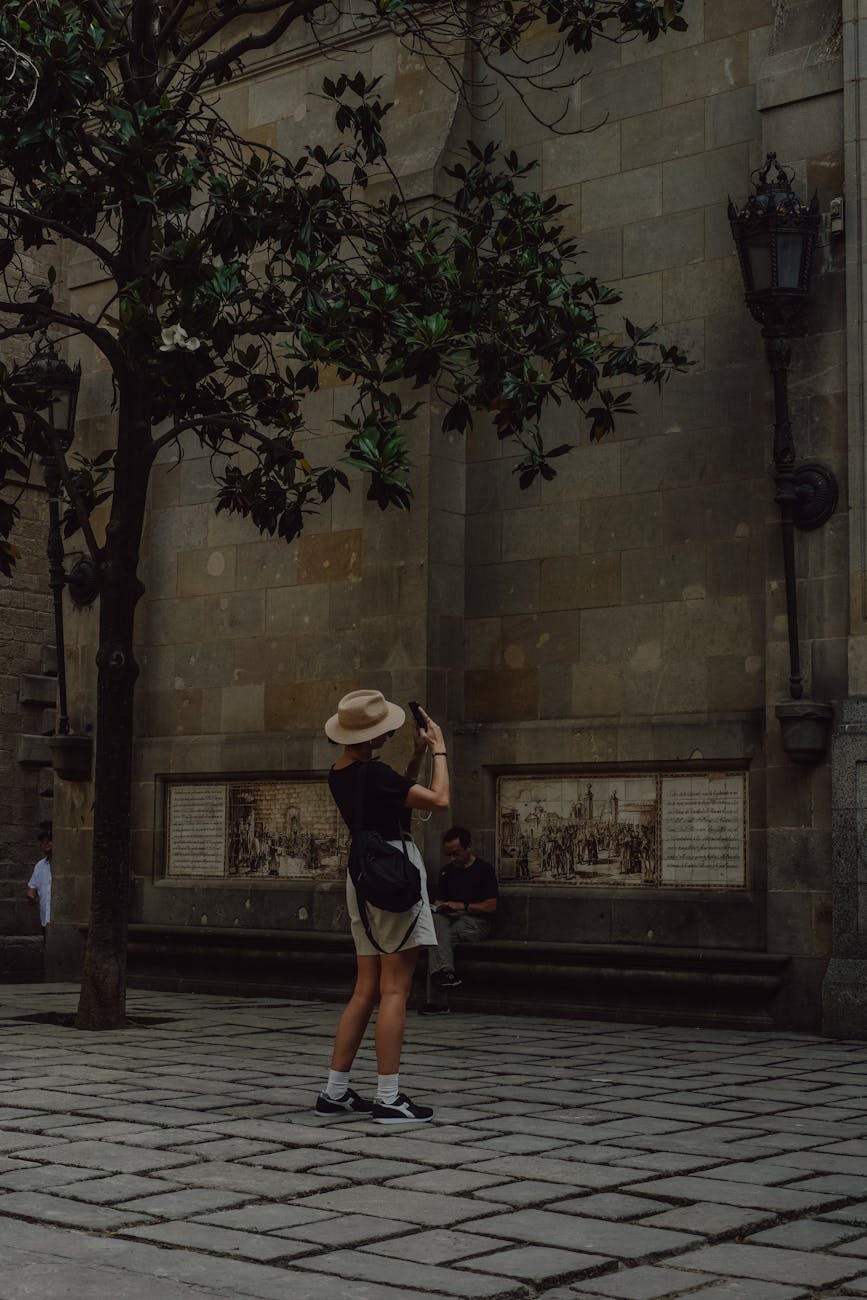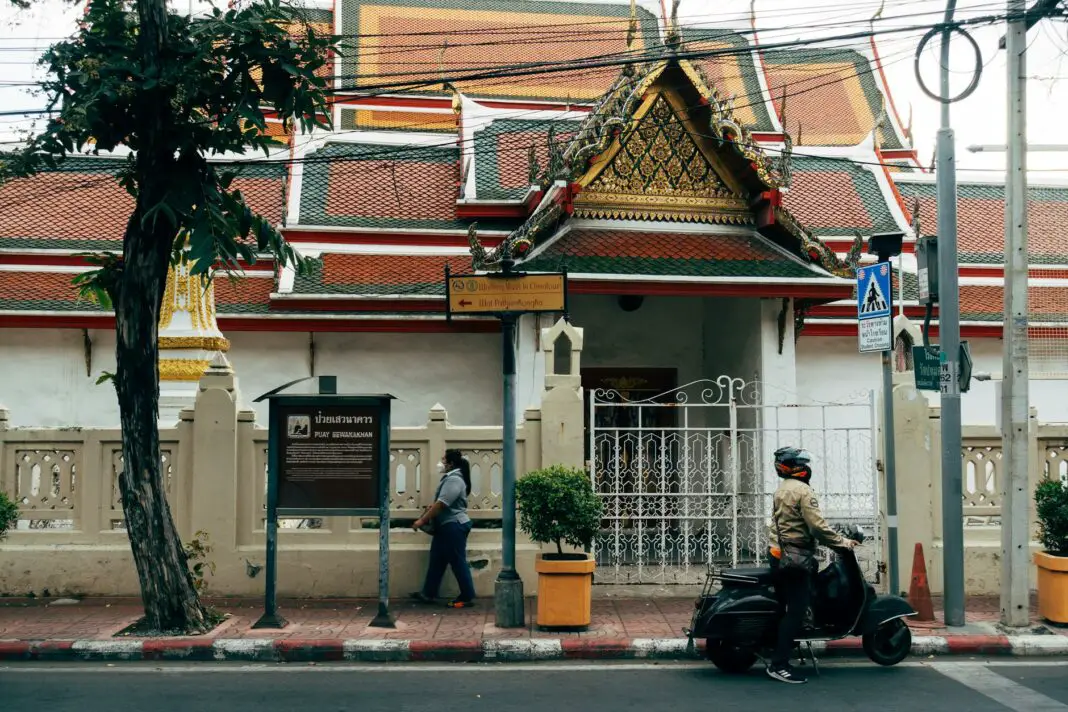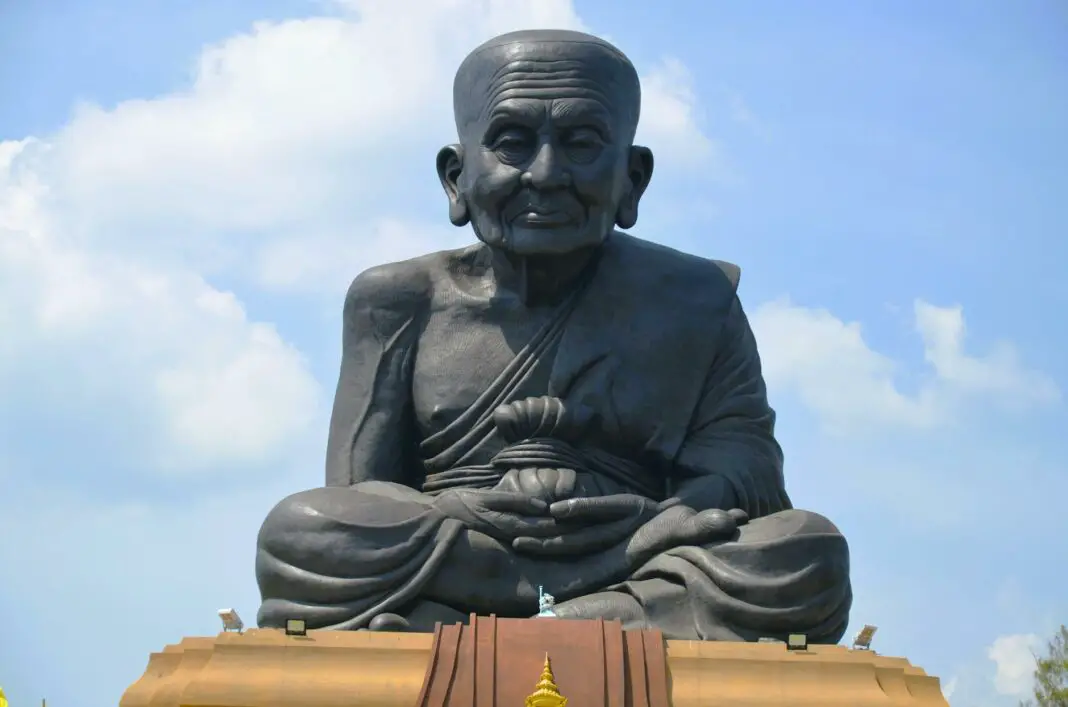Embarking on a journey to Thailand unveils a treasure trove of experiences that go beyond pristine beaches and tantalizing cuisine. As travelers delve into the heart of this beautiful nation, they encounter a captivating world of art, especially the spectacular mural art that adorns temples, palaces, and streets. This blog post dives into what makes Thailand’s mural art so uniquely enchanting and explores the stories, techniques, and cultural significance behind these stunning visual narratives. Prepare to embark on an exhilarating exploration of Thailand’s artistic heritage that is sure to leave a lasting impression.
In this post, we will uncover the layers of meaning embedded within the vibrant murals that grace Thailand’s landscapes and learn how these works of art are not just aesthetically pleasing but also historically and culturally significant. Join us as we unpack the deeper ties between Thailand’s illustrious past and its artistic expression, revealing the secrets that lie within each brushstroke.
Table of Contents
- The Historical Context of Thai Mural Art
- Techniques and Styles in Mural Art
- Cultural Influences Shaping Mural Art
- Must-Visit Locations for Mural Art
- How to Appreciate Mural Art
- Final Thoughts on the Beauty of Thai Mural Art
The Historical Context of Thai Mural Art
To fully appreciate the breathtaking beauty of Thai mural art, it’s essential to understand its historical context. Originating in the Sukhothai period, around the 13th century, these artworks flourished as a form of storytelling, a way to communicate tales from the Jataka and various Buddhist legends. Each mural served as a visual scripture, educating the masses about morality, spirituality, and the life of Buddha. As you wander through the hallowed halls of temples, the vivid colors and intricate details transport you back in time, allowing you to connect with Thailand’s rich spiritual heritage.
Over the centuries, mural art has evolved, adapting to the changes in style and technique as influenced by different cultural movements. For instance, the Ayutthaya period saw the emergence of more elaborate artworks that displayed not only religious themes but also scenes from daily life. Today, these murals stand as a testament to the skill and imagination of generations of Thai artists who have mastered the art of storytelling through image. Understanding this historical trajectory deepens one’s appreciation for the vibrant masterpieces that now adorn countless walls across the nation.
Techniques and Styles in Mural Art
Thai mural art is renowned not just for its aesthetic appeal but also for the diverse techniques and styles employed by its artists. Traditionally, murals were painted using natural pigments created from minerals and plants, lending a certain authenticity and historical significance to the artworks. Many artists still adhere to these classical methods, believing that their craft retains the spiritual essence of their subjects.
Trompe-l’œil and geometric patterns are commonly utilized to create depth and perspective, enhancing the visual experience for viewers. The colors chosen often symbolize various facets of life; for example, gold represents royalty and spirituality, while vibrant reds and blues convey vitality and connection to nature. As you explore, pay attention to the stories told through the colors, lines, and textures.
Cultural Influences Shaping Mural Art
Delving into Thai mural art reveals a fascinating amalgamation of cultural influences that have shaped its unique identity. One cannot ignore the significant contributions of both Indian and Khmer art forms, which have played a pivotal role in developing distinct styles in Thailand. Additionally, the arrival of Western styles during specific historical periods has further enriched this artistic landscape, merging traditional techniques with modern ideas.
Today, contemporary artists are embracing these ancient traditions while also bringing in fresh perspectives, creating a vibrant dialogue between past and present. As a traveler immersed in this artistic journey, you will witness how these blended influences create visuals that resonate with both local people and global audiences.
Must-Visit Locations for Mural Art
Nothing compares to witnessing Thai mural art in situ; it truly transforms the experience into something impactful. Begin your exploration at Wat Phra Kaew in Bangkok, home to extraordinary murals that depict scenes from the Ramayana, showcasing both mythical and historical narratives. The vibrant colors and intricate details offer ample opportunity for photography and reflection.
Another must-see location is Wat Yai Chaimongkol in Ayutthaya, where murals portray the life of Buddha and illustrate Thai cultural heritage. Each visit to these places reveals new dimensions and stories, encouraging deeper understanding of Thailand’s artistic vision and heritage. Consider combining your travels with local guided tours for a more enriched experience steeped in knowledge and appreciation.
How to Appreciate Mural Art
When visiting sites adorned with stunning mural art, engaging with the art beyond surface-level appreciation deepens your connection. Take time to observe the nuances; notice the emotional expressions captured in the figures, the strategic use of colors, and the interplay of light and shadow. Each element is a deliberate choice by the artist, revealing layers of meaning and stories waiting to be discovered.
Consider asking questions and seeking insights from local artists or guides, as they can offer enriching perspectives that elevate your experience. Participate in workshops if available; immersing yourself in the creative process facilitates a new understanding of the techniques used and the passionate history behind each mural.
Appreciating the Legacy of Thai Mural Art
As you conclude your journey through Thailand’s vibrant mural art, it becomes evident that these masterpieces are more than mere decoration; they represent the soul of the nation. Every mural tells a story, weaving together history, culture, and spirituality in a mesmerizing tapestry of creativity. Engaging with Thai mural art not only enhances your travel experience but allows you to connect more deeply with the values and traditions cherished by its people.
The coexistence of historical and contemporary themes within these murals offers insights into the nation’s evolving identity while celebrating its rich heritage.
Frequently Asked Questions
1. What is the significance of mural art in Thailand?
Mural art in Thailand carries deep cultural and historical significance, often conveying stories and religious teachings central to Buddhist beliefs.
2. Are there any specific techniques used in Thai mural paintings?
Yes, traditional Thai mural artists often use natural pigments, geometric patterns, and trompe-l’œil techniques to create depth and detail.
3. Can visitors participate in mural art workshops in Thailand?
Absolutely! Many cultural centers and local artists offer workshops, providing hands-on experiences in the techniques of mural painting.
4. What are some notable locations to observe Thai mural art?
Places like Wat Phra Kaew in Bangkok and Wat Yai Chaimongkol in Ayutthaya are renowned for their impressive murals.
5. How can I better appreciate mural art during my visit?
Taking the time to observe details, asking questions, and participating in workshops can enhance your appreciation and understanding of the murals you encounter.
Image Credit: Pexels





